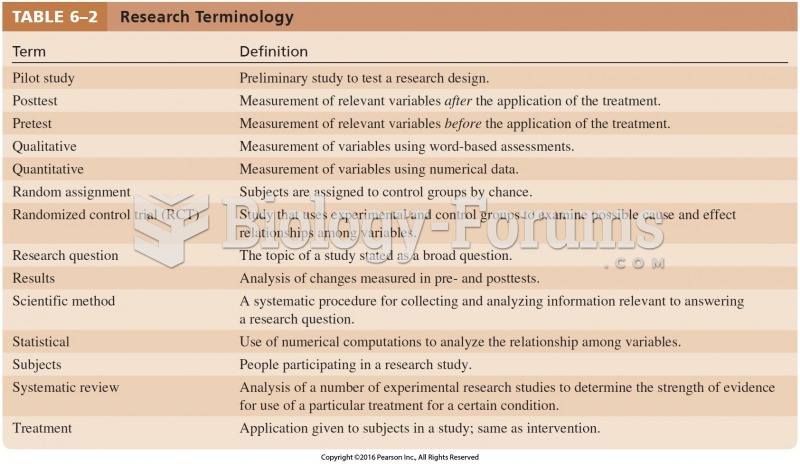Answer to Question 1
Basic research by scientists such as the Grants adds detail to the greater body of evidence that we call science. When research is done well it gives us evidence about how parts of nature function and interact with the rest of nature. The research done by the Grants is particularly important for understanding the process of evolution. As we gather more and more detailed information about nature through basic science we can piece together how ecosystems work and function, and therefore we can work to protect those ecosystems more effectively while still living and thriving on the Earth as humans.
Answer to Question 2
If nuclear energy is to have brighter future, it will be because we have found the continued use of fossil fuels to be so damaging to the atmosphere that we have placed limits on their use but have not been able to develop adequate alternative energy sources Nuclear supporters point out that U.S. nuclear power plants prevent the annual release of 164 million tons of carbon, 5.1 million tons of sulfur dioxide, and 2.4 million tons of nitrogen oxides. President George W. Bush made expanding nuclear energy a major component of his energy policy, by taking the following steps: (1) proposing the Nuclear Power 2010 program, with plans to identify new sites for nuclear power plants, to streamline regulations associated with site licensing, and to encourage industry to build new plants that could become operational by 2010; (2) moving toward a resolution of the nuclear waste problem by approving the Yucca Mountain site for a repository; and (3) signing into law the Energy Policy Act of 2005, which includes a wide range of incentives to enable the Nuclear Power 2010 program: a tax credit for the first 6,000 megawatts of new nuclear capacity for the first eight years of operation, insurance to protect companies building new reactors from the risk of regulatory delays, and federal loan guarantees for up to 80 of construction costs of new power plants. The new act also authorizes 1.25 billion toward the construction of a special nuclear plant that would produce hydrogen from water, a key part of the fuel cell technology for automobiles. These incentives amount to 13 billion.







